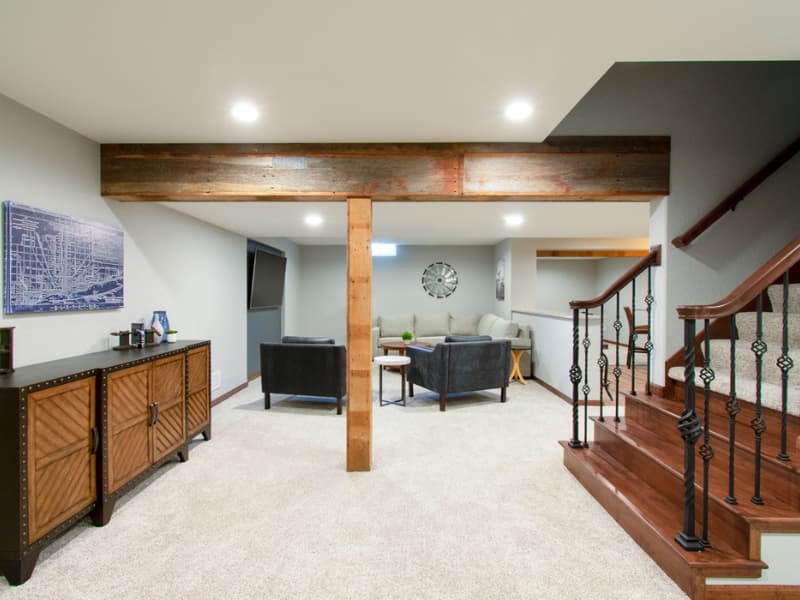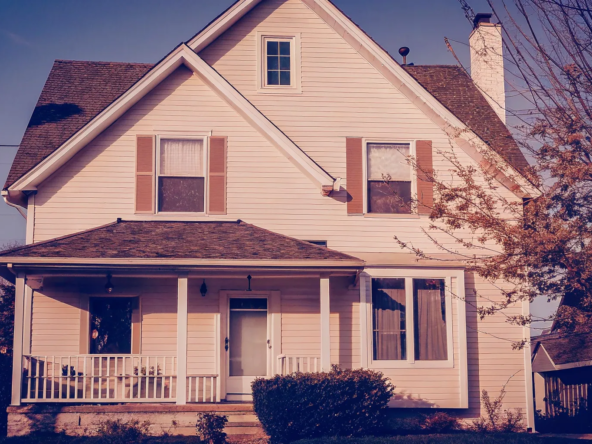When buying or selling a home, one of the key factors to consider is the size of the property. Square footage plays a huge role in determining a property’s value, but many homeowners wonder, do basements count as square footage? This confusion is especially common when deciding if basement included in square footage calculations affects your home’s marketability While many people assume that a basement, whether finished or unfinished, is always included in a home’s square footage, the truth is more complex. Understanding whether basements count as square footage and the rules that apply to different types of basements is essential for homeowners and buyers alike.
What Counts as Square Footage in a Home?
In the simplest terms, square footage is the total area within the walls of a home, measured in feet. However, what counts toward the total square footage can vary depending on local real estate laws, appraisal guidelines, and whether the space is finished or unfinished. For instance, certain areas like attics, garages, or crawl spaces may not be included in the square footage calculation unless they meet specific criteria.
Is a Basement Included in Square Footage?
In general, whether a basement is counted in square footage depends on whether it is finished or unfinished, and how it is used. Finished basements, those that have been converted into living spaces with drywall, flooring, lighting, and other amenities, are typically counted as part of the square footage. However, unfinished basements—those without flooring or insulation—are often not included in the square footage calculation.
This discrepancy stems from the fact that square footage generally refers to living space, which should be habitable. Since unfinished basements are not considered livable without significant renovation, they are excluded from the square footage calculation in most cases.
Finished vs. Unfinished Basements: What’s the Difference?
A finished basement is a basement that has been renovated and transformed into usable living space. This can include converting the space into a home theater, bedroom, or office. Many sellers ask, does a finished basement count as square footage? The answer is usually yes, as finished basement square footage typically adds to your home’s total living area when properly completed.
On the other hand, an unfinished basement lacks the features needed to be considered livable, such as walls, flooring, and proper ventilation. Since it is not suitable for daily living, it is generally excluded from the square footage.
Does a Walkout Basement Count as Square Footage?
A walkout basement, where the basement has a door or large windows that open to the outside, may be included in the square footage if it has been finished to the same standards as the rest of the home. In this case, the basement is not just a space beneath the home; it becomes part of the overall living area, and its square footage is counted. If the walkout basement remains unfinished, it may not be included in the square footage calculation.
When Can You Count Basement Square Footage?
Basement square footage is only counted when the space meets certain standards. If the basement is finished with proper insulation, electrical systems, lighting, and flooring, it is more likely to be counted in the square footage. Similarly, a basement that has been fully renovated and is being used as part of the living space can be included in the home’s total square footage.
However, if a basement is simply a storage area or unfinished space, then it typically isn’t counted. It’s essential to confirm the guidelines with local real estate agents or appraisers, as rules may vary from region to region.
What About a Basement That Is Used for Storage?
In most cases, a basement used solely for storage or utility purposes—such as holding laundry machines, a furnace, or other appliances—is not considered part of the square footage. The primary reason is that it isn’t considered living space. While many homeowners use basements for these purposes, it doesn’t necessarily increase the overall value of the property when appraising the home’s size.
Does Square Footage Include Garage and Basement?
The garage is a space that often creates confusion in square footage calculations. Generally, garages are not included in the square footage because they are not considered living spaces. Basements, on the other hand, may or may not be included based on their finish level and usability. A finished basement that is fully renovated and equipped with features like a bedroom or bathroom may be counted, while a standard garage typically does not.
Does a Basement Add Value to Your Home?
Yes, a finished basement can add value to a home, and in some cases, it can significantly increase the home’s market price. Homes with finished basements offer more usable living space, which can make them more attractive to potential buyers. A finished basement can be transformed into a variety of useful areas, such as a home office, extra bedrooms, a recreation room, or even a rental unit, all of which increase the overall value.
However, an unfinished basement doesn’t offer the same benefits, and while it may provide extra storage space, it does not add substantial value until it is finished.
How Do You Calculate Square Footage of a House?
To calculate the square footage of a house, you measure the length and width of each room within the home and multiply those numbers together. For example, if a room is 12 feet by 15 feet, the square footage of that room is 180 square feet. When calculating the total square footage of a home, you do this for every room on each floor, including hallways and closets. Spaces like garages, attics, and unfinished basements are typically not included in the calculation unless they meet specific criteria.
Final Thoughts: Does a Basement Count Toward a Home’s Square Footage?
In conclusion, whether a basement counts toward a home’s square footage depends on several factors, including whether it is finished, the laws of the local area, and how it is used. Finished basements are typically included in the square footage calculation because they provide livable space, whereas unfinished basements are generally excluded. It’s important to verify how square footage is calculated when buying or selling a home, as different rules may apply depending on the location and the type of basement.
Understanding these nuances can help you make more informed decisions about your home’s value and what you can expect when measuring square footage for real estate purposes.





